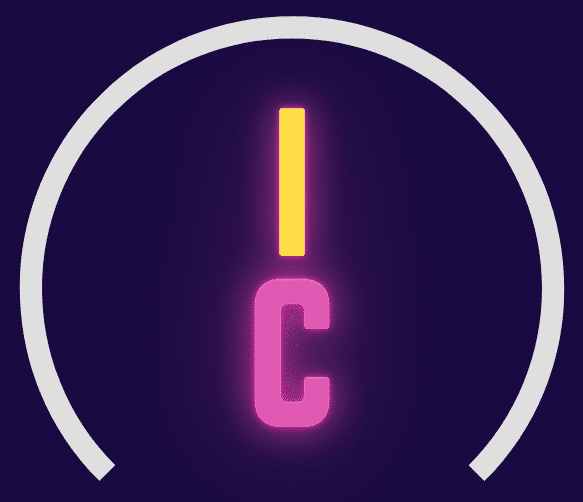The Amazon Dash button was a physical interface for digital purchases.
The Amazon Dash button was a physical interface for digital purchases.
Button of the month: Amazon Dash button
- Button of the month: Amazon Dash button
- For the vast majority of Amazon purchases, there is still no checkout lane, no aisles to navigate, no physical interactions at all:
- The Dash button was a fascinating product, representing Amazon's most blatant play to get into your physical space to sell you stuff.
- AS HARDWARE, THE BUTTONS ON THE DASHBOARD SEEMED TOO LIMITED
- In addition, for products that really benefited from the buttons (such as printers with specific cartridge requirements),
In today's digital age, it can sometimes feel like the hardware has taken a back seat to the software that drives the devices.
Button of the Month is a column that looks at some of these buttons and turns on devices both old and new to appreciate how we interact with our devices on a physical and tactile level and how the button works.
Shopping on Amazon is a hugely digital experience. Until the last few years, there hasn't been a physical way to go and buy things from Amazon.
For the vast majority of Amazon purchases, there is still no checkout lane, no aisles to navigate, no physical interactions at all:
The company's "One Click" software removes almost all barriers between wanting something and buying it.
Amazon's now-defunct Dash buttons, small Wi-Fi connected pods with a single button that would reorder a specific product, were supposed to change that when they were introduced in 2015.
They offered a physical manifestation of that traditional Amazon experience: Buy what you need with a single click.
The Dash button was a fascinating product, representing Amazon's most blatant play to get into your physical space to sell you stuff.
Sure, Echo speakers and Fire tablets can access the Amazon store, but it's not their primary function in the same way that Dash Buttons existed exclusively for shopping.
It's almost a strange idea: customers went out and bought tools designed specifically for Amazon that just let you buy more stuff from Amazon.
It was clever too, wrapped in the bold and colorful logos of the brands they were your dashboard buttons for; an Amazon wolf hidden in the sheep's clothing of your favorite product.
But despite that, the Dash button was only somewhat successful. On paper, it was fine: a functional product that bridged the gap between Amazon's digital store and the real world.
Running out of coffee or diapers? Simply press the button and more is on the way.
And the ability to place buttons by the devices that would need them was brilliant, allowing customers to order more detergent as they used the last of it in a load of laundry, for example.
AS HARDWARE, THE BUTTONS ON THE DASHBOARD SEEMED TOO LIMITED
But the Dash buttons failed because, as hardware, it was too limited. Compared to Amazon's website, the Dash button did not offer one of the best online shopping conveniences:
to be able to compare prices easily and buy whatever is cheaper.
And while that's great for something like Doritos, where copycats just don't cut it, it's less useful for ordinary household items,
such as garbage bags, paper towels or soap, where brands are less of a priority than price.
There were also problems with the fact that prices on Amazon tend to fluctuate a lot, so you could never really be sure what you would pay on a given press (a fact that saw buttons banned in Germany due to consumer protection laws that exist.) ).
In addition, for products that really benefited from the buttons (such as printers with specific cartridge requirements),
buttons fell victim to their own success as smart devices began to take over: Amazon's dashboard rea bastation service meant
that customers didn't need a custom button. to order more printer ink or water filters, your Wi-Fi connected products could already do it for you.
And that's really the post-mortem on Dash, which was always a stopgap resource. Also, you can argue that Amazon was successful, in a way:
Dash is dead, but the company's hardware, software and services have even more control in your home than ever before. Just not in push-button form.
https://informaticacolectiva.com

Leave a Reply Cancel reply
You must be logged in to post a comment.